The world of theater is a captivating realm that has evolved over millennia, reflecting the changing tastes, cultures, and technologies of its time. From its origins in Ancient Greece to the glitzy stages of Broadway, theater arts have left an indelible mark on human history. In this article, we will journey through time, exploring the key milestones and transformations that have shaped theater into the vibrant and diverse art form it is today.
Act 1: The Birth of Theater in Ancient Greece
The roots of theater can be traced back to Ancient Greece, where it emerged as an integral part of religious festivals. The Greeks introduced the concept of a structured play with defined characters, dialogues, and a chorus. Playwrights like Aeschylus, Sophocles, and Euripides crafted timeless tragedies and comedies that continue to influence theater today.
Theater in ancient Greece was performed in open-air arenas, such as the famous Theater of Dionysus in Athens. Actors wore masks to portray various characters and relied on their voices and physicality to convey emotions. The chorus, consisting of singers and dancers, provided commentary and enhanced the storytelling.
Act 2: The Renaissance and the Globe Theater
Fast forward to the Renaissance period, and theater experienced a revival. Playwrights like William Shakespeare, known for his iconic Globe Theater, elevated the art of storytelling. His works, such as “Romeo and Juliet” and “Hamlet,” showcased the power of language and dramatic storytelling.
Shakespeare’s plays were performed in theaters like the Globe, which featured a thrust stage that extended into the audience. This allowed for an intimate connection between actors and spectators. The use of elaborate costumes and innovative stagecraft marked this era as a turning point in theater history.
Act 3: The Golden Age of French Theater
In the 17th century, France emerged as a theatrical hub. Playwrights like Molière and Jean Racine introduced new forms of comedy and tragedy, respectively. The French Academy also played a pivotal role in standardizing dramatic conventions.
Molière, known for his witty comedies, challenged societal norms through humor and satire. His play “Tartuffe” is a classic example of his ability to critique social hypocrisy. On the other hand, Racine focused on classical tragedy, with works like “Phèdre” that explored themes of passion and fate. French theater during this period emphasized the importance of proper staging, clear diction, and adherence to dramatic rules.
Act 4: The Birth of Modern Theater
The 19th century ushered in the era of modern theater. Henrik Ibsen, often referred to as the father of modern drama, challenged societal norms with plays like “A Doll’s House.” Meanwhile, Anton Chekhov introduced realism to the stage, focusing on the everyday lives of ordinary people.
Ibsen’s plays delved into controversial topics such as women’s rights, societal expectations, and the human psyche. “A Doll’s House,” with its exploration of a woman’s struggle for independence, was particularly groundbreaking. On the other hand, Chekhov brought a sense of authenticity to the stage by portraying the complexities of human relationships and emotions in works like “The Cherry Orchard.”
Act 5: Broadway Takes Center Stage
As the 20th century dawned, Broadway became synonymous with American theater. The Great White Way showcased a dazzling array of musicals and plays, attracting the best talent worldwide. Iconic productions like “The Phantom of the Opera” and “Les Misérables” continue to draw audiences.
Broadway theaters, such as the majestic Majestic Theatre and the historic Shubert Theatre, became landmarks of New York City. Advanced lighting, intricate sets, and elaborate costumes elevated the spectacle of Broadway productions. With its memorable songs and choreography, musical theater became a distinct and beloved genre.
Act 6: The Impact of Technology
The 21st century has witnessed a theatrical revolution with the integration of technology. From elaborate set designs to breathtaking visual effects, technology has elevated the immersive experience of theater. Shows like “Harry Potter and the Cursed Child” have pushed the boundaries of what is possible on stage.
Advancements in projection technology, sound design, and automation have allowed unprecedented creativity in set design and storytelling. Productions can now create immersive environments that transport audiences to fantastical worlds. While technology enhances the theatrical experience, it also poses new challenges for preserving the authenticity of live performances.
Act 7: Diversity and Inclusion
Contemporary theater reflects the changing social landscape. Diversity and inclusion have taken center stage, with plays and musicals addressing various issues, from racial inequality to LGBTQ+ rights. Productions like “Hamilton” have broken barriers and celebrated the contributions of marginalized communities.
“Hamilton,” created by Lin-Manuel Miranda, reimagined America’s founding history with a diverse cast and a hip-hop soundtrack. The show entertained and ignited conversations about representation and the power of storytelling. The theater industry has made significant strides in casting actors from diverse backgrounds and telling stories that resonate with a broader audience.
Act 8: The Future of Theater
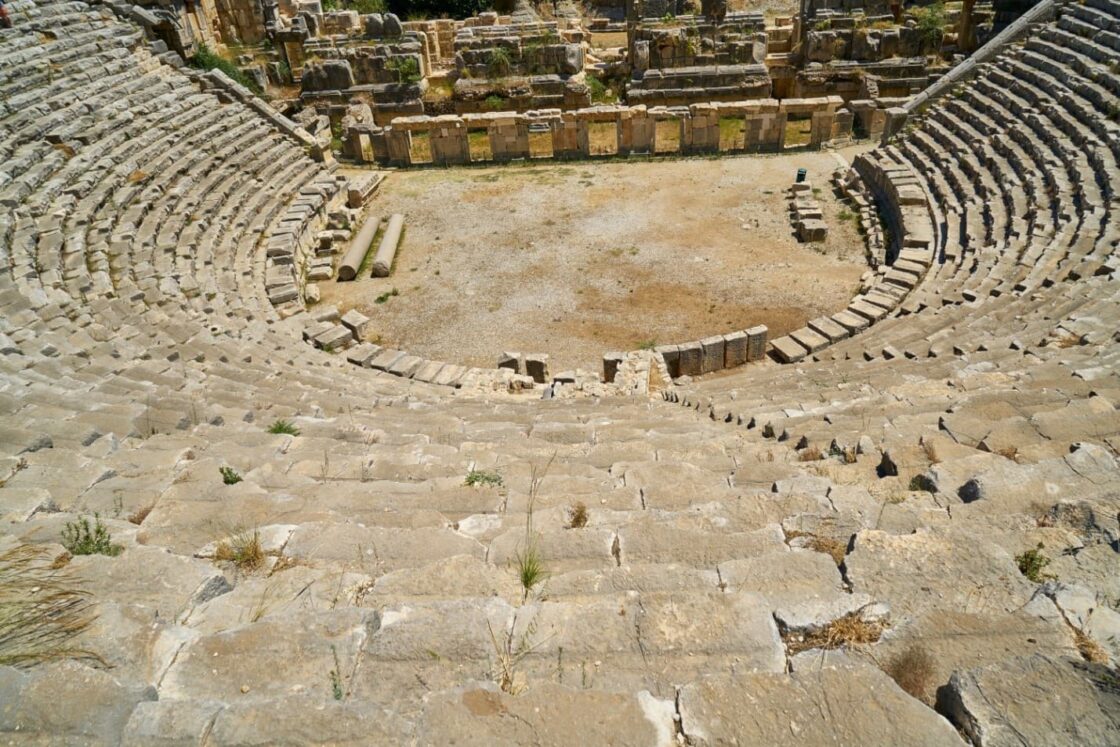
As we look to the future, theater remains a dynamic and ever-evolving art form. Virtual reality and augmented reality promise to create entirely new theatrical experiences while the enduring power of live performance continues to captivate audiences worldwide.
Emerging technologies may blur the lines between the physical and digital realms, allowing audiences to step into the world of a play or musical like never before. However, the essence of theater, the live interaction between performers and the audience, will always be at its core. The future holds exciting possibilities for theater as it adapts and innovates in response to the changing world.
Conclusion
The evolution of theater from its humble origins in Ancient Greece to the grandeur of Broadway is a testament to human creativity and imagination. With each era, theater has adapted, transformed, and pushed boundaries, reflecting the changing world around it. As we celebrate its rich history and embrace future innovations, theater remains a timeless and magical art form that continues to captivate and inspire.
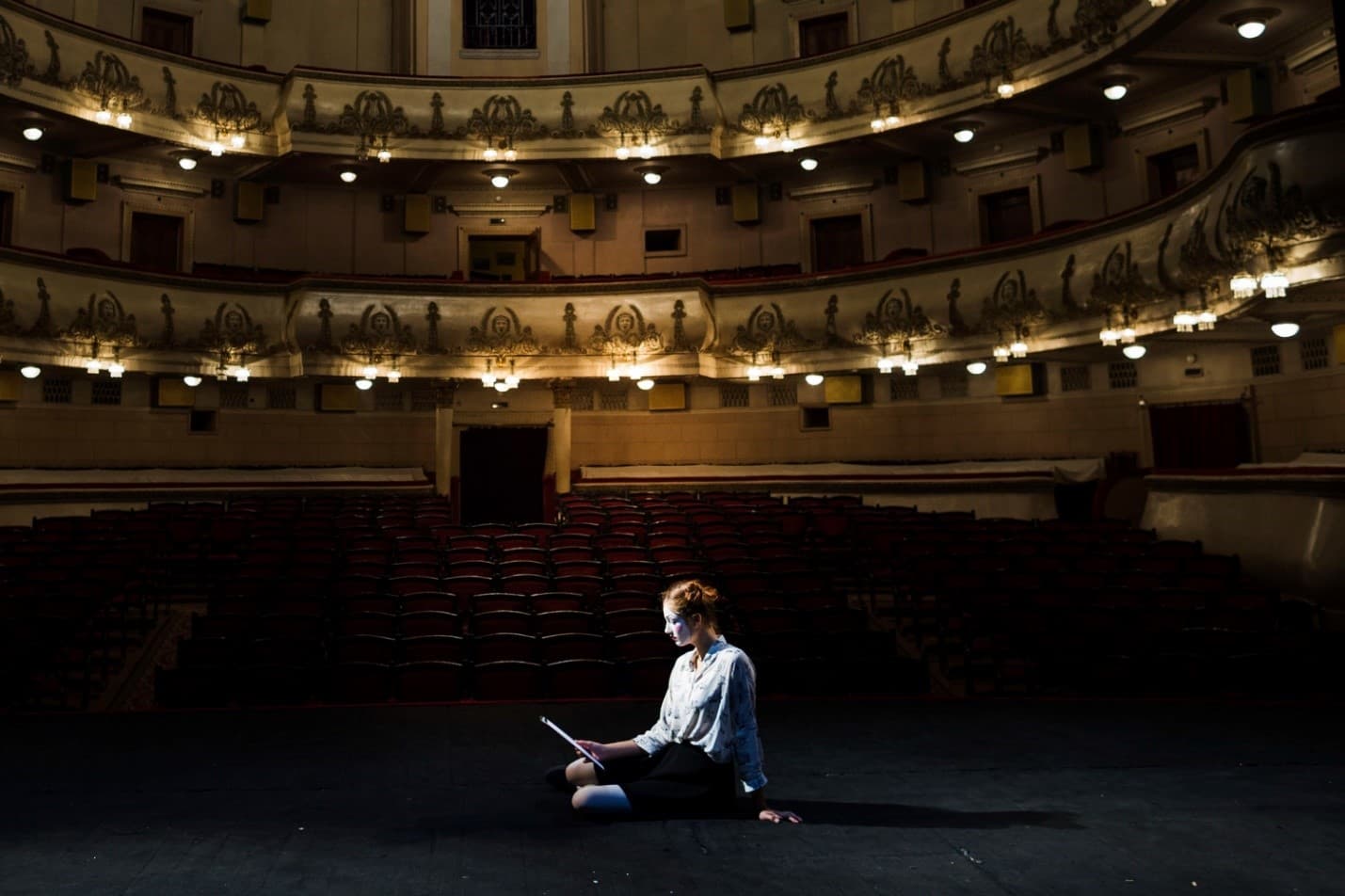
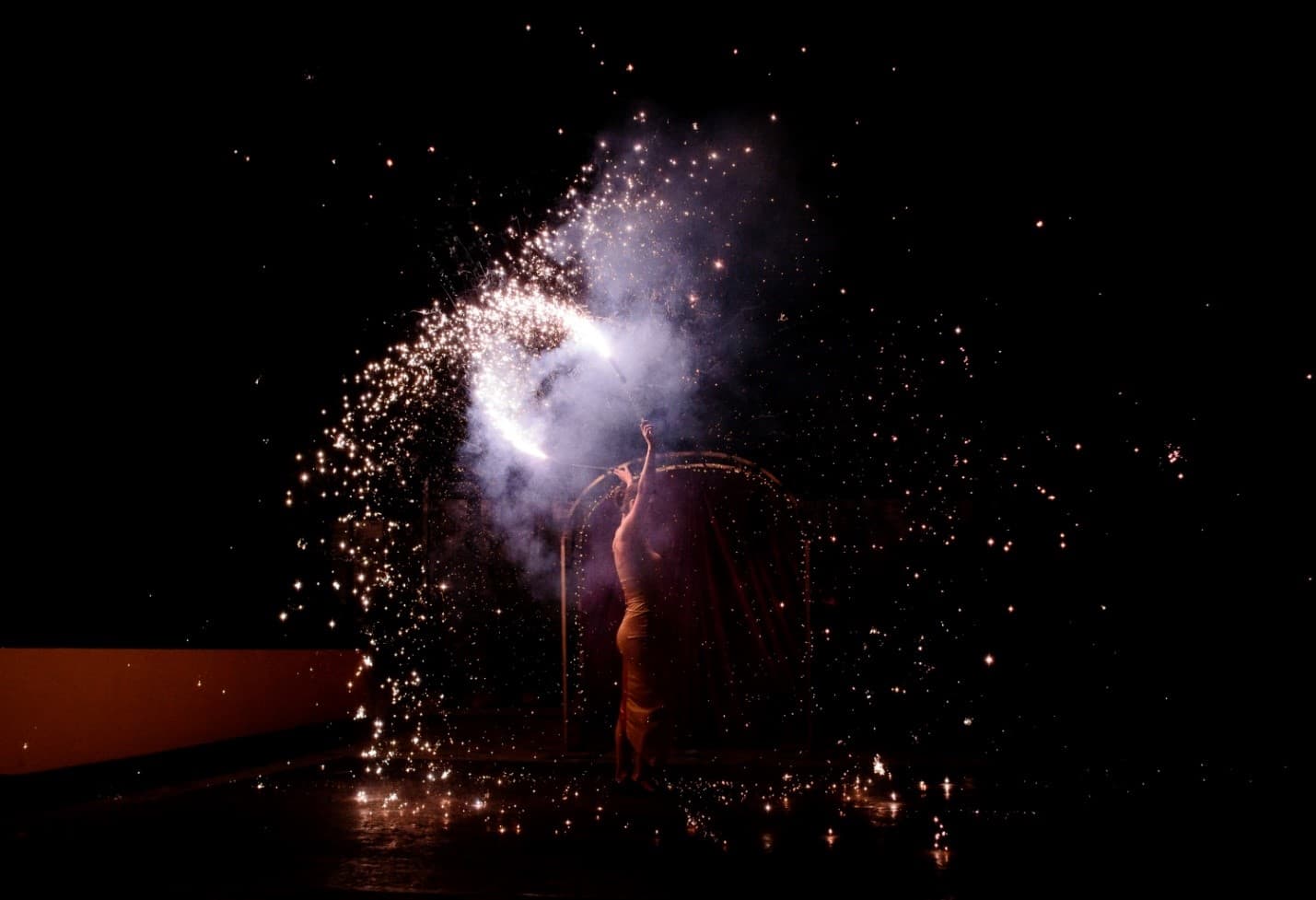
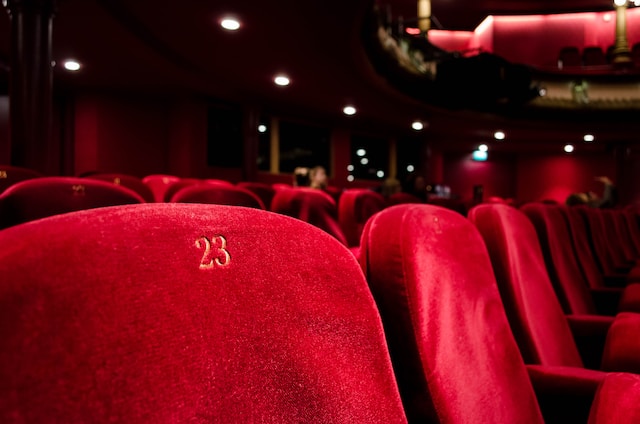
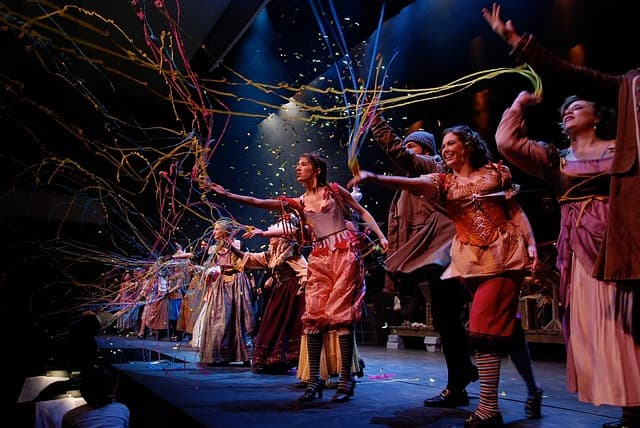
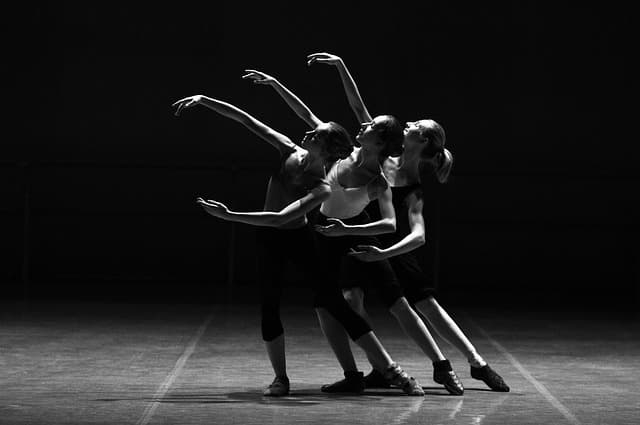
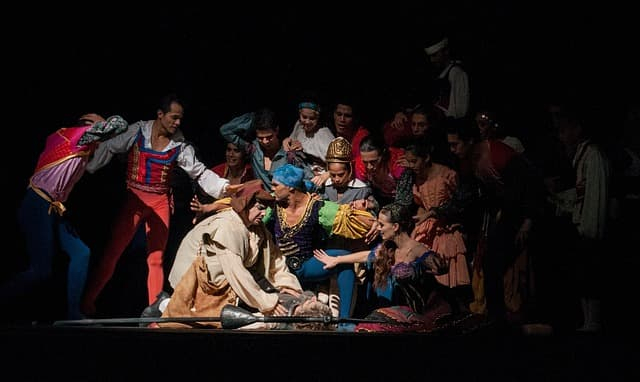

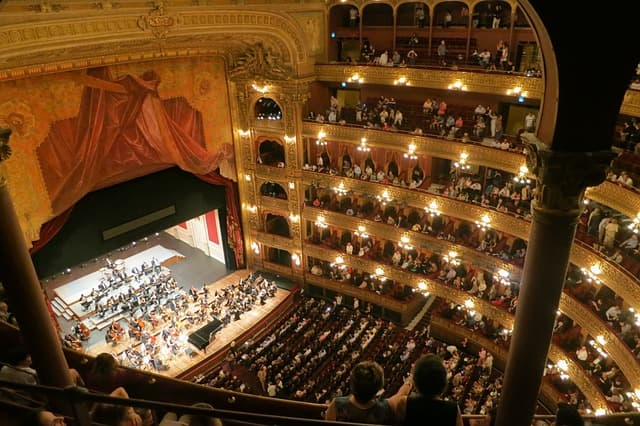
Recent Comments